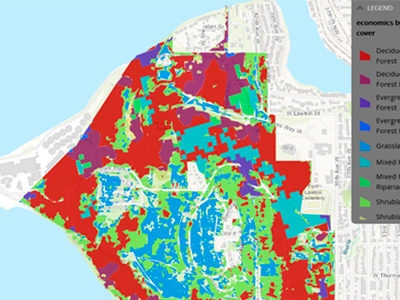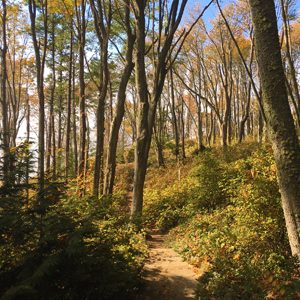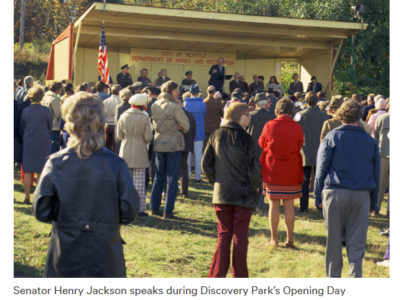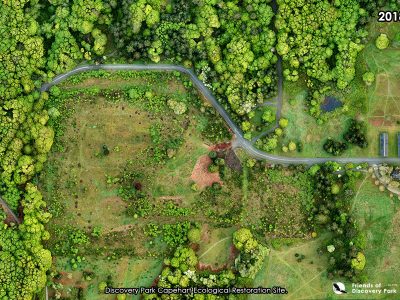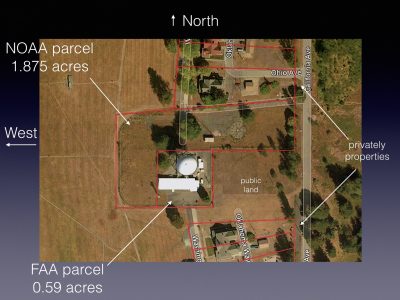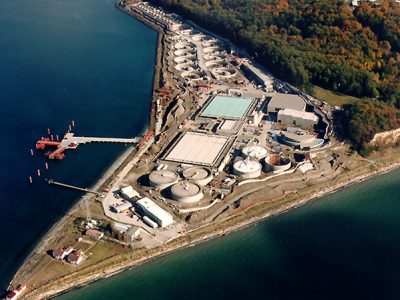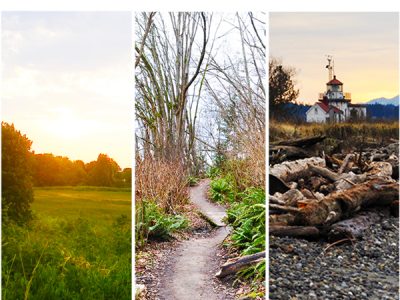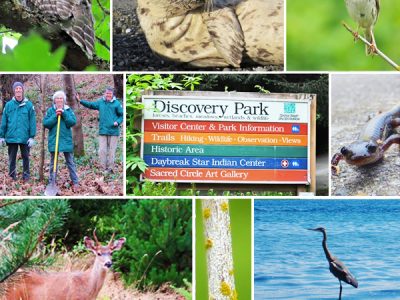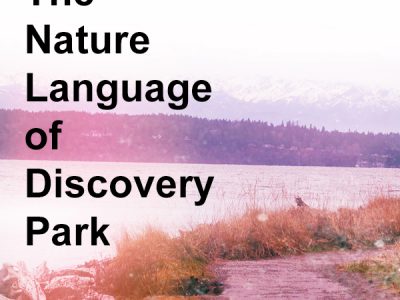- About
- Our Work
- Projects
- Get Involved
- Resources
- The Master Plan
- Maps
- Birds of Discovery Park
- The Wolf Tree Nature Trail
- Historic District Loop Tour
- 500 Area Loop Tour
- Ecosystem Affordances
- Importance of Ecological Services
- Monitoring Discovery Park Bluff Retreat
- Before & After
- 1936 to 2018
- Olmsted’s Legacy
- West Point Weather & Tide
- Park Feedback Form
- Discovery Park Gallery
- Blog
Community Projects
Working Together for the Puget Sound Region.Ecosystem Service Affordances
This application is intended to help illustrate some of the factors that should be considered while following the Vegetation Management Plan for Discovery Park. The goal of this application is to understand certain parts of the park and their specific ecosystem service affordances. By understanding both the economic impact of various decisions, along with the ecological impact, a more holistic idea can be rendered.
Learn MoreSouth Beach Trail
The South Beach Trail is one of the most iconic hiking trails in Seattle. Winding itself gently through light forest canopy while providing breathtaking vistas of the Olympic Mountains, Puget Sound, and Mount Rainer. It is a half-mile hiking trail that connects the Loop Trail to South Beach. The change of elevation is roughly 220 feet from top to bottom, and the trail is comprised of many sets of stairs.
Learn MoreCelebrating Over 45 Years of Discovery
It’s hard to imagine Seattle without Discovery Park. It represents the largest city park and largest open space in a large, booming city becoming more dense by the week. There is no realistic prospect of ever adding a space of similar size inside the city should this one be whittled away by development.
Learn MoreCapehart Forest Restoration
The Capehart Forest restoration project represents one of the largest and most exciting additions to Discovery Parks open space in recent memory. Since the early 60’s the 30-acre site has been filled with over 60 prefabricated military homes and owned by the Navy. With its security fencing, no-trespassing signs, and very central location, it represented a significant detraction from the Park as a place to enjoy the out of doors.
Learn MoreFAA Tower
In the very center of the park at the top of its highest and most scenic hill is a 100 foot tall FAA radar dome which dominates the landscape in all directions and lies within the Fort Lawton Historic District. This District is one of the most iconic places in the Park with wide open spaces and unparalleled views.
Learn MoreWest Point Settlement Fund
Under a Settlement Agreement, King County transmitted $5.3 million to the City of Seattle. This money plus all interest was held in a sub-fund specifically for Discovery Park. The expenditure of that $5.3 million plus interest, was reviewed quarterly by a Citizens Oversight Committee made up of 1 representative from each of 7 specific organizations including Friends of Discovery Park.
Learn MorePeter Ker Walker
Tags The Master Plan
Our region’s largest naturalistic public park, Discovery Park, affords the indispensable ingredients for a flourishing humane wilderness environment within an urban city. Equanimity,... Read More
Learn MoreWildlife in the City
Wildlife in the City Week The National Wildlife Federation, in partnership with Seattle Parks and Recreation, Conservation Northwest, and other local organizations, is... Read More
Learn MoreThe Nature Language of Discovery Park
The University of Washington’s HINTS Lab is researching how humans interact with the natural environment in deep and meaningful ways. “We as a... Read More
Learn More
